Bumps of the eyelid are painful and can be agonizing as well as distressing, but not all are similar. A chalazion and a stye should be differentiated in order to be treated appropriately. This article will cover the reasons, symptoms, the major differences, and effective solutions that would enable you to determine and address these prevalent eyelid problems.
Eyelid bumps cannot be described as unimportant nuisance, they indicate gland disorders or even infections that influence the health of your eyes. At this point we shall, explain the fundamentals of eyelid anatomy and the kind of bumps which may arise.
The eyes have some very small glands placed on the eyelids whose existence is to lubricate the eyes with oils. The lumps or bumps can be evident in case blockages, infection or inflammation take place in such glands. Although most bumps might be harmless, the nature dictates the most appropriate way to take it to relieve it and ensure it is treated. These types of bumps commonly found on the eyelid are styes, chalazia, cyst, and rarely tumor.
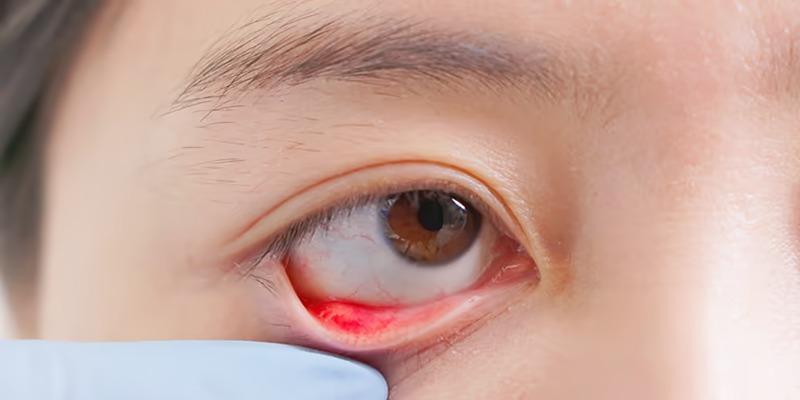
An infected oil gland causes a pain caused by a small bump, called a stye or hordeolum which can be found on the eyelid. The following now we shall, discuss what causes styes, and how to discover them.
Styes are infections of the bacteriology of the glands producing oil at the tip of the eyelashes. The risk can be compounded by poor eyelid hygiene, using dirty hands to rub the eyes/entities of the face, or using contaminated makeup. They are also sharp, painful to touch and can be detected immediately or even in a day or two.
What is a Chalazion?
A chalazion refers to a solid, most often painless, mass as a result of the obstruction of a meibomian gland. Now we will, say what forms chalazia and how they manifest themselves.
The chalazia are not due to infection, as was the case in the styes. They are developed as consequences of a blockage of an oil gland in the eyelid, which causes various inflammation and glandular secretions. Preferential factors about having a chalazion are chronic eyelid disorders like blepharitis or a history of a nephrus.
A chalazion develops gradually in a number of days or weeks which serves as a firm small lump of eyelid. It is generally painless but large lumps can be pressing on the eyeball and result in some slight levels of discomfort or blurred vision. Redness, though, is not normally that severe other than when the chalazion gets secondarily infected
This is because understanding these differences is key to finding the best treatment. Now let’s discuss their main differences in appearance, texture, and development.
A styes begins to develop rapidly, and the increase and erythema of the conjunctivae are instantaneous, but the chalazia develops slowly, which then replaces into a hard lump in a few days to a few weeks. Pain also appears to be another symptom: styes are usually soft to touch and may also be made sore with moving your eyes however chalazia is usually painless unless it causes pain in the eye.
The look and the feel is different as the styes are red and full of pus filled head as compared to the chazal hard and smooth and no head is visible in the first place. The treatment of styes takes up to one or two weeks of care but people who have chalazia take weeks or even months of time before they are cured and is also medically.
Self-assessment may give us some clues, but professional assessment can guarantee that a person receives decent treatment and that severe disorders are eliminated. Now we will, when we need to see a doctor.
The visual examination of the eyelid can serve to differentiate styes and chalazia, however, in case of overlap, it could prove difficult to notice the specifics. Unusually big, persistent, or repeated bumps in the eye must be assessed by a specialist at the eye level.
Within a professional test, to closely observe the structures of eyelids an ophthalmologist can apply a slit-lamp. Imaging can be necessary in the rare instance when the lump is deep or plausibly hard. Patients are to consult the physician in case the bump enlarges rapidly, the vision effects appear, it becomes very painful, and the home care fails to improve the condition within two weeks.
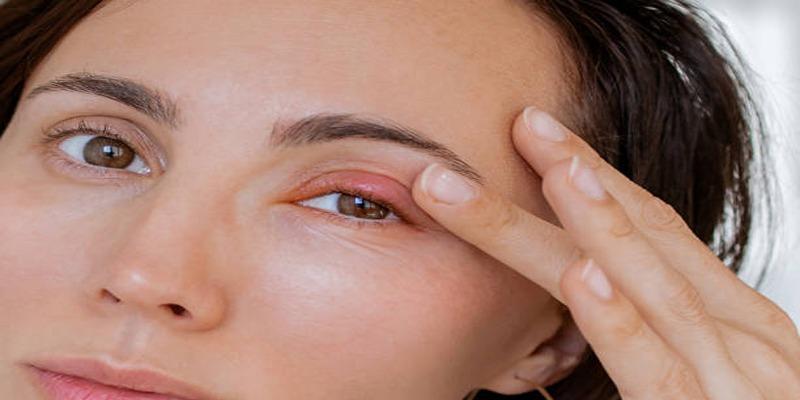
In case of styes, wet heat, by the use of a warm compress, five to ten minutes, two to three times a day, is helpful in decreasing the swelling and increasing the drainage. Light cleansing of eyelid using soft soap or baby shampoo can help get dirt out and minimize the growth of bacteria. One should not squeeze or at all strive to pop a stye as it contaminated with infection.
To achieve the same effect, chalazia will also respond well to warm compress cleansing that will help relax that blocked gland increasing the likelihood of free drainage. The eyelid can also be stimulated by circular massaging in order to open the gland and enhance a better blood flow.
Washing the eyelids with mild cleansers should be done on a regular basis to remove additional oils, bacteria as well as makeup residues. Eye touching and good hand hygiene prevents further exposure of the eyes to bacteria by avoiding touching the eyes and maintaining good hygiene on the hands respectively.
Having a healthy eye by scheduling a minimum of check-ups, eating the right food and managing under-lying eye conditions like blepharitis help in reducing the rate of recurring bumps and eyelids which are healthy.
The problem of determining whether an eyelid bump is a chalazion or a stye is essential in the process of care. Styes are suddenly formed, have no localized etiology, are tenders, and infected, whilst chalazia develop gradually, cause little pain, and have an obstructed etiology. Frequent warm compresses, light eyelid massage, good hygiene and attention of a professional to the persistent bumps are more beneficial to reduce recovery time and decrease complications likelihood.
 TOP
TOP
Curious about when to claim your Social Security benefit? Learn how age, health, income, and other personal factors influence this important decision and shape your retirement future
 TOP
TOP
The joys of spontaneous travel with tips for unplanned adventures, packing light, and connecting with locals for unforgettable experiences.
 TOP
TOP
Discover thrilling day trips near Cape Town, featuring stunning landscapes, cultural experiences, and adventure for every traveler.
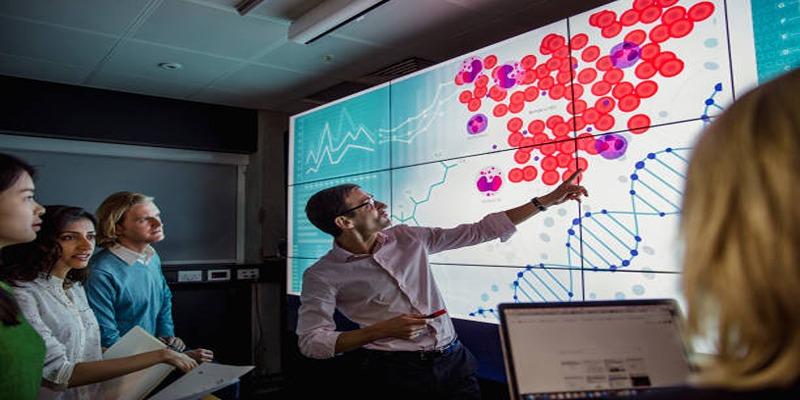 TOP
TOP
Discover the truths and misconceptions about medical research studies in this insightful article.
 TOP
TOP
The benefits of outdoor activities for improving physical and mental well-being.
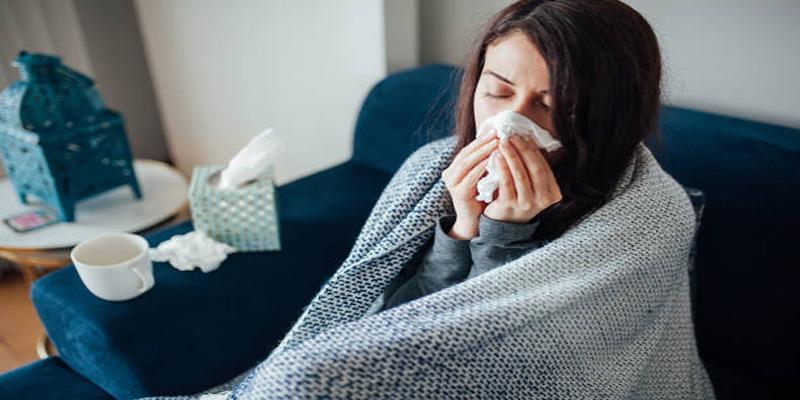 TOP
TOP
Discover the truth about cold weather and its link to sickness in this science-based article.
 TOP
TOP
Identify emotional clutter and discover practical ways to declutter your mind for clarity and peace.
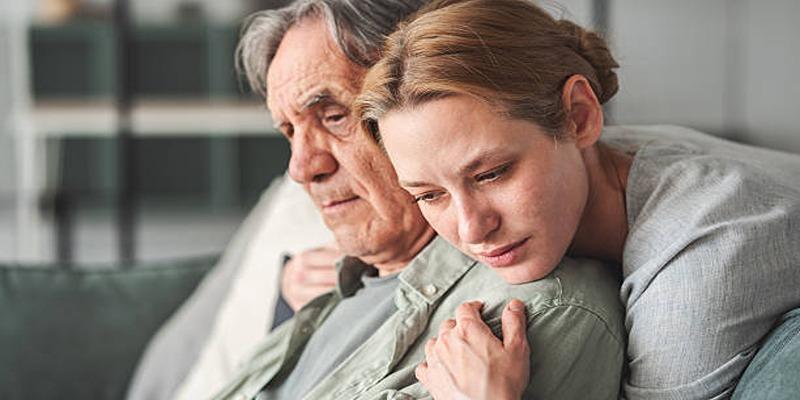 TOP
TOP
Debunking 7 common myths about Alzheimer’s and dementia for clearer understanding.
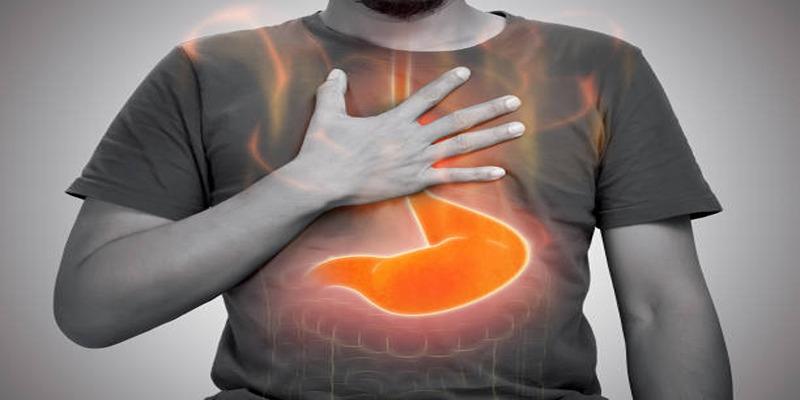 TOP
TOP
Untreated GERD can cause esophagus damage, Barrett’s esophagus, dental erosion, and cancer. Learn symptoms, risks, and why early treatment matters for health.
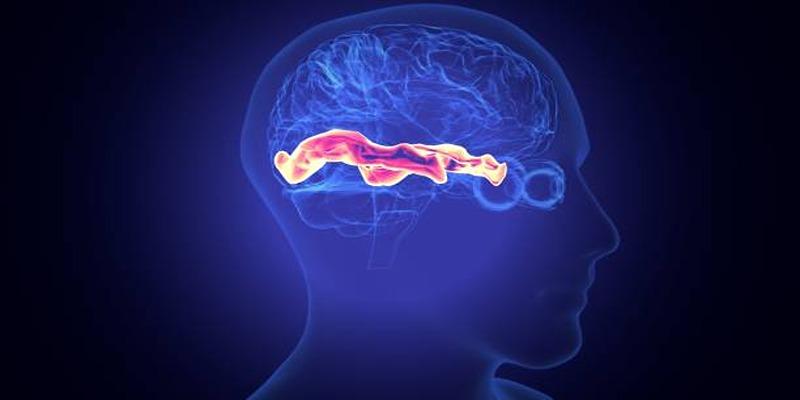 TOP
TOP
Aphantasia affects mental imagery, memory, and creativity. Explore its causes, cognitive impacts, coping strategies, and real-life adaptations for navigating life without a mind's eye.
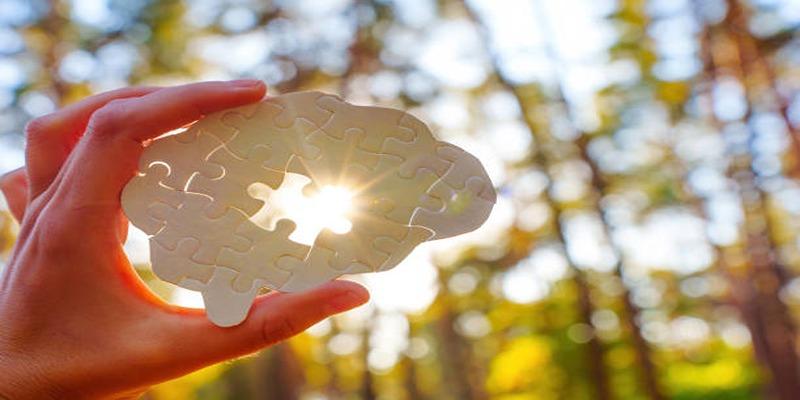 TOP
TOP
Mental health shapes our well-being, productivity, and equality. Learn why it matters for everyone and discover ways to build stronger support systems.
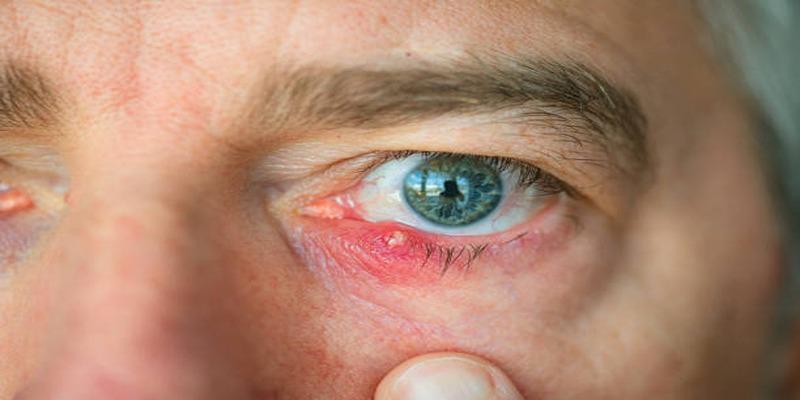 TOP
TOP
Learn to identify whether your eyelid bump is a stye or a chalazion, understand the causes and symptoms, and explore effective treatment options for better eye health and comfort.